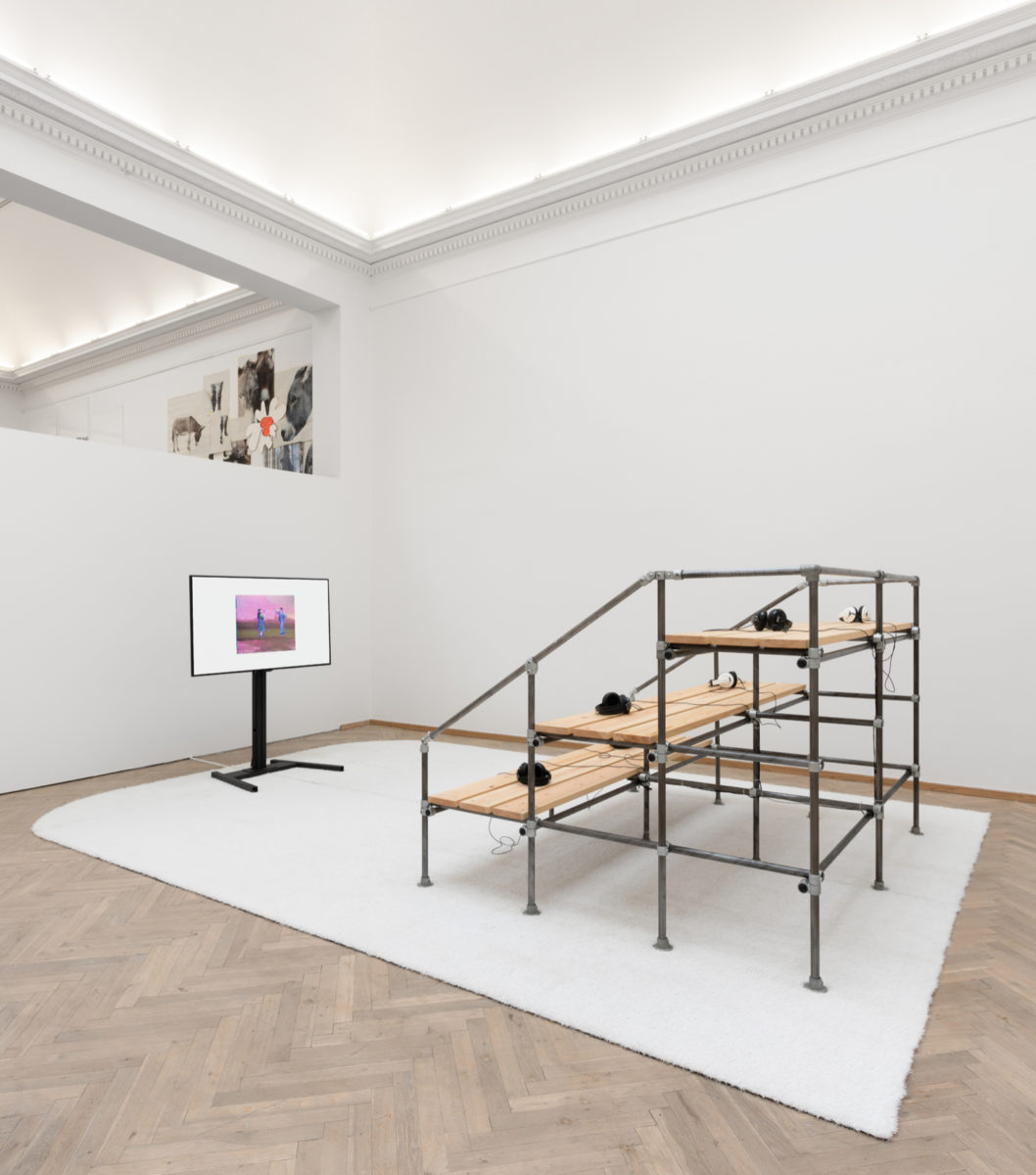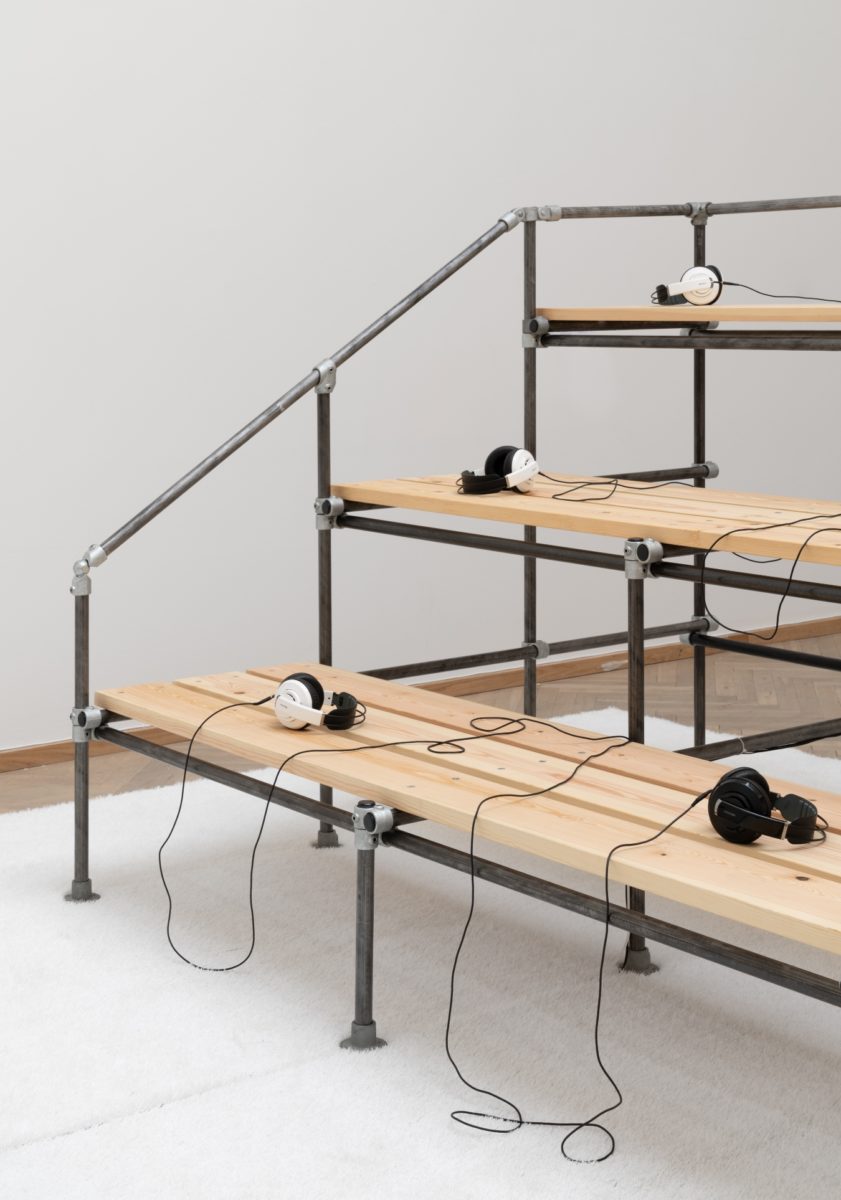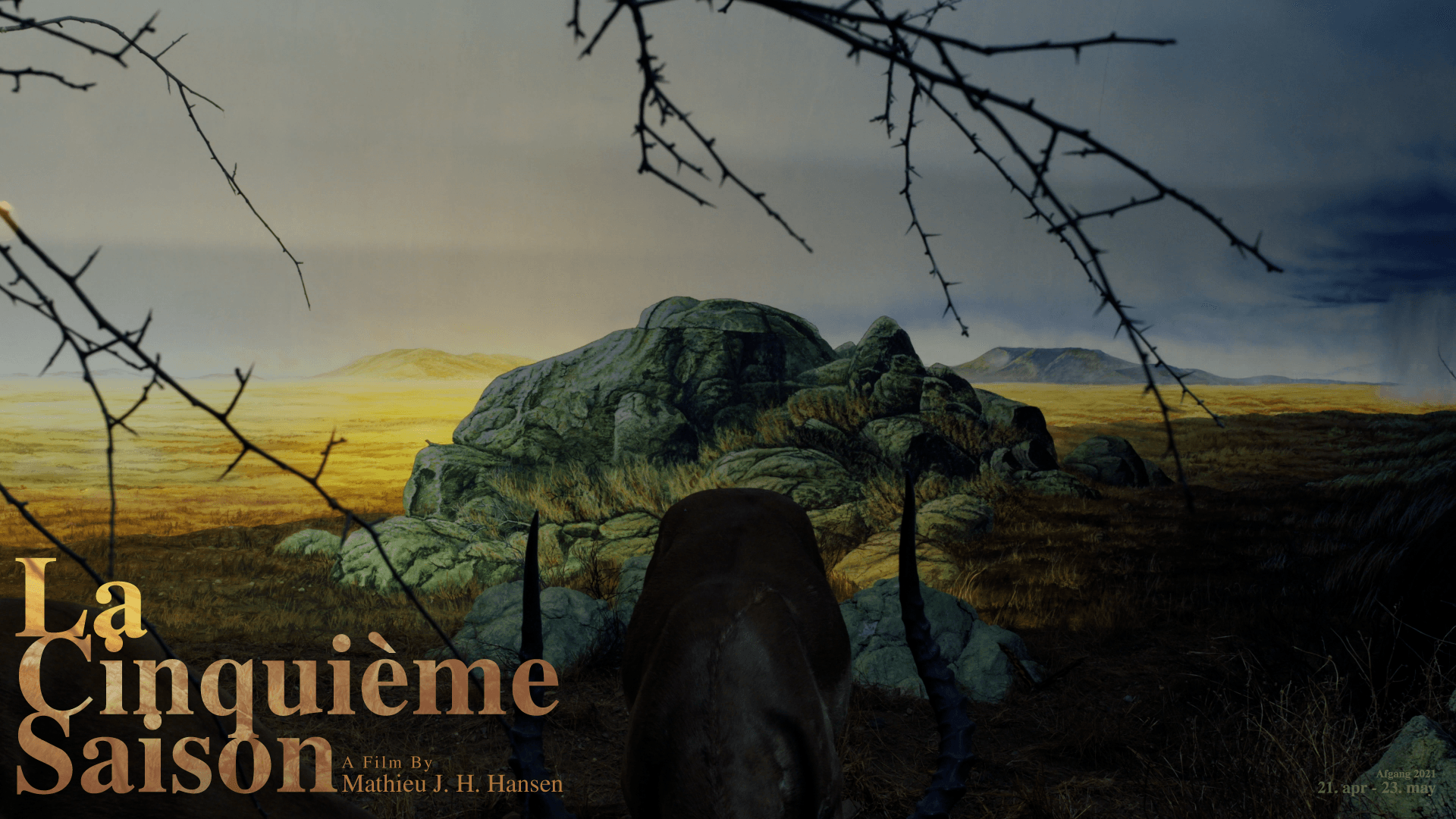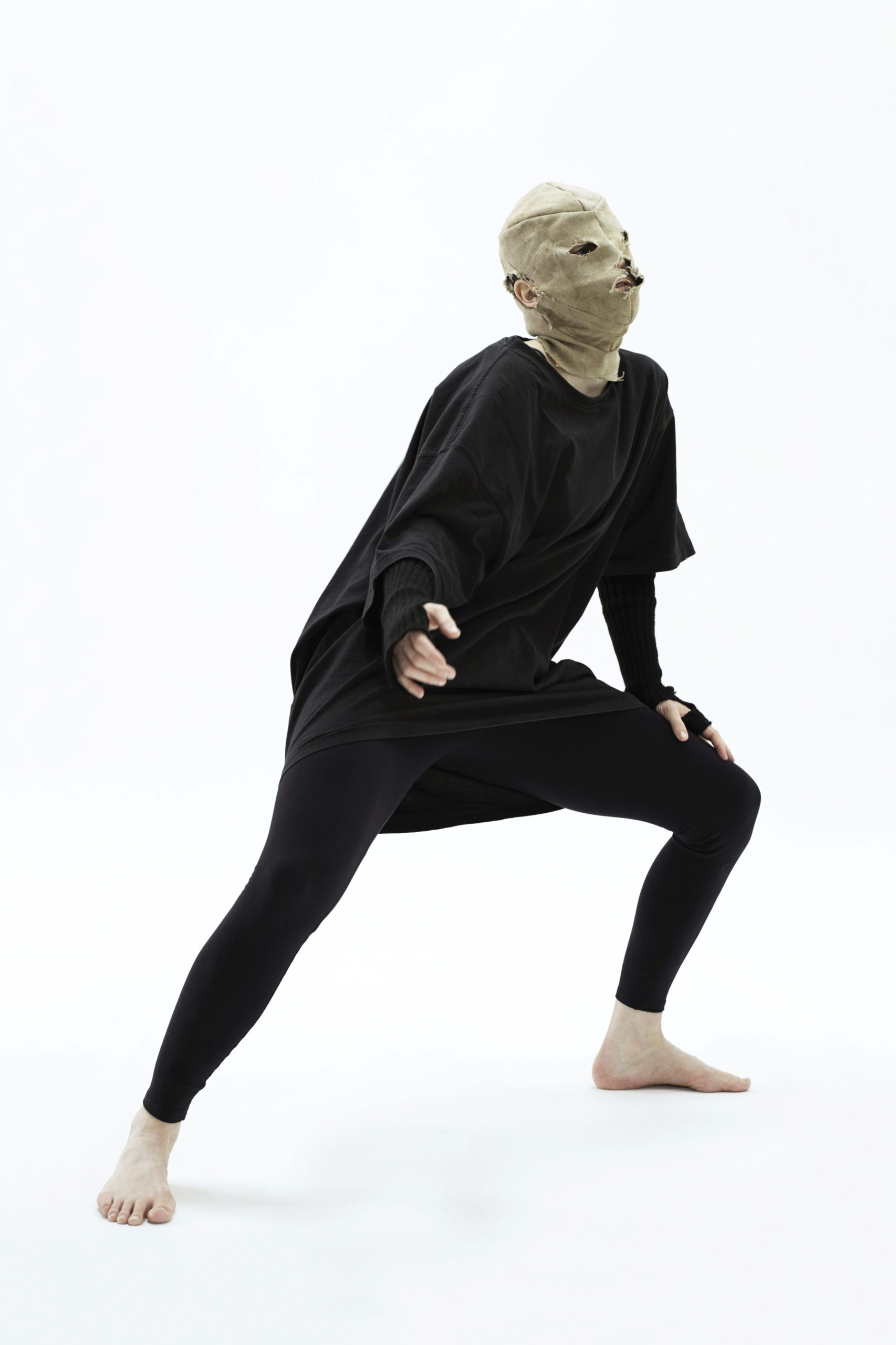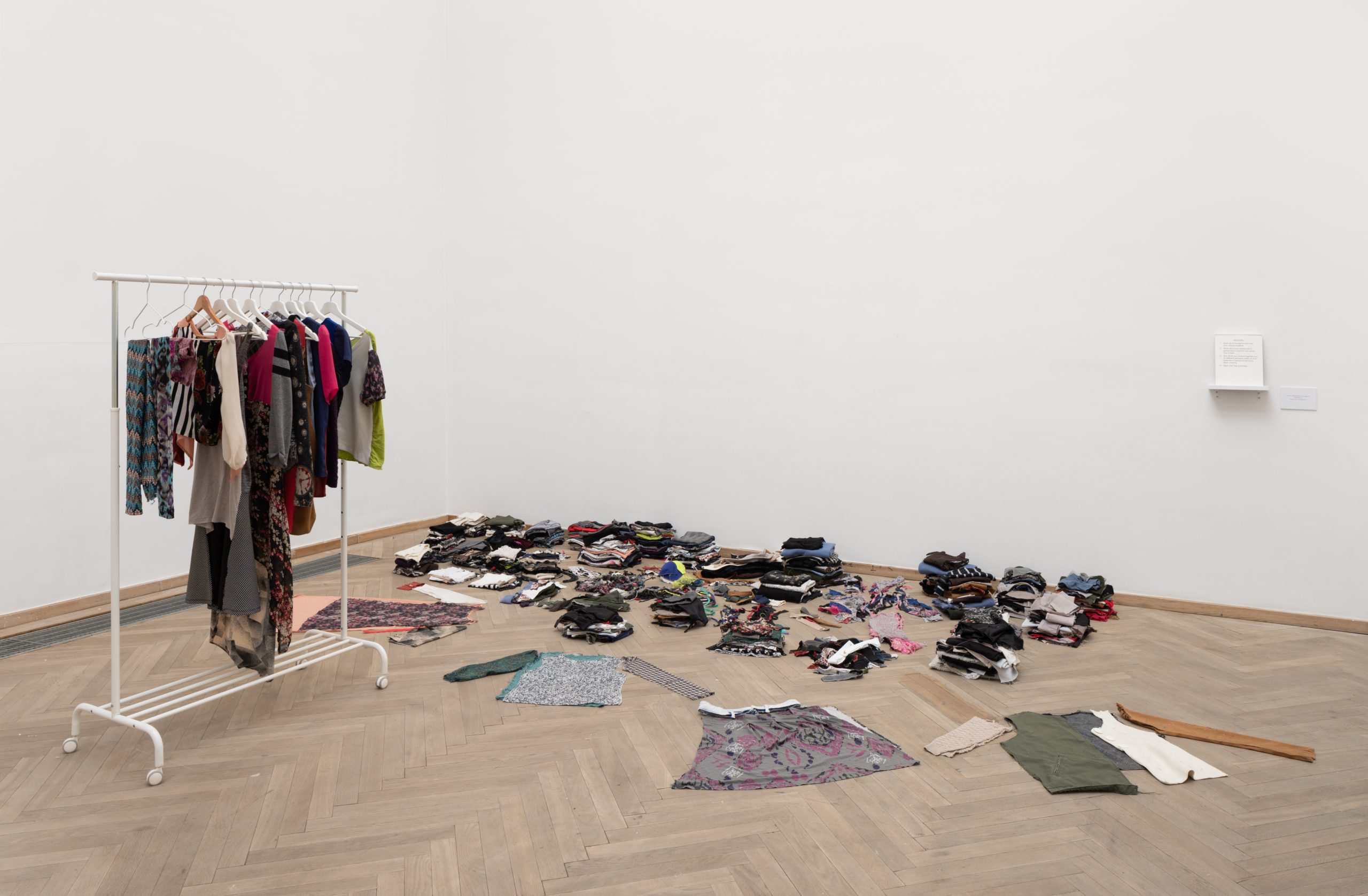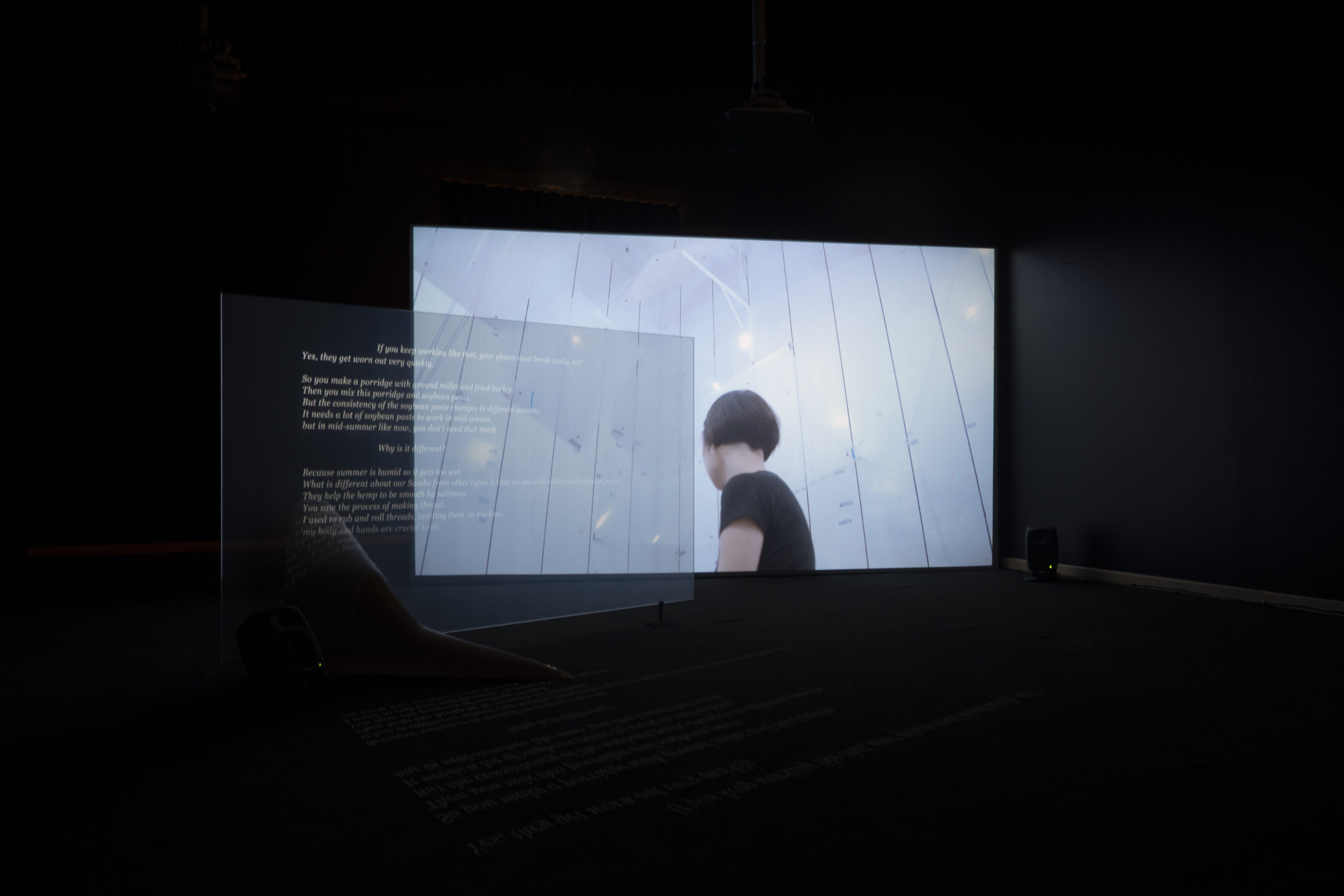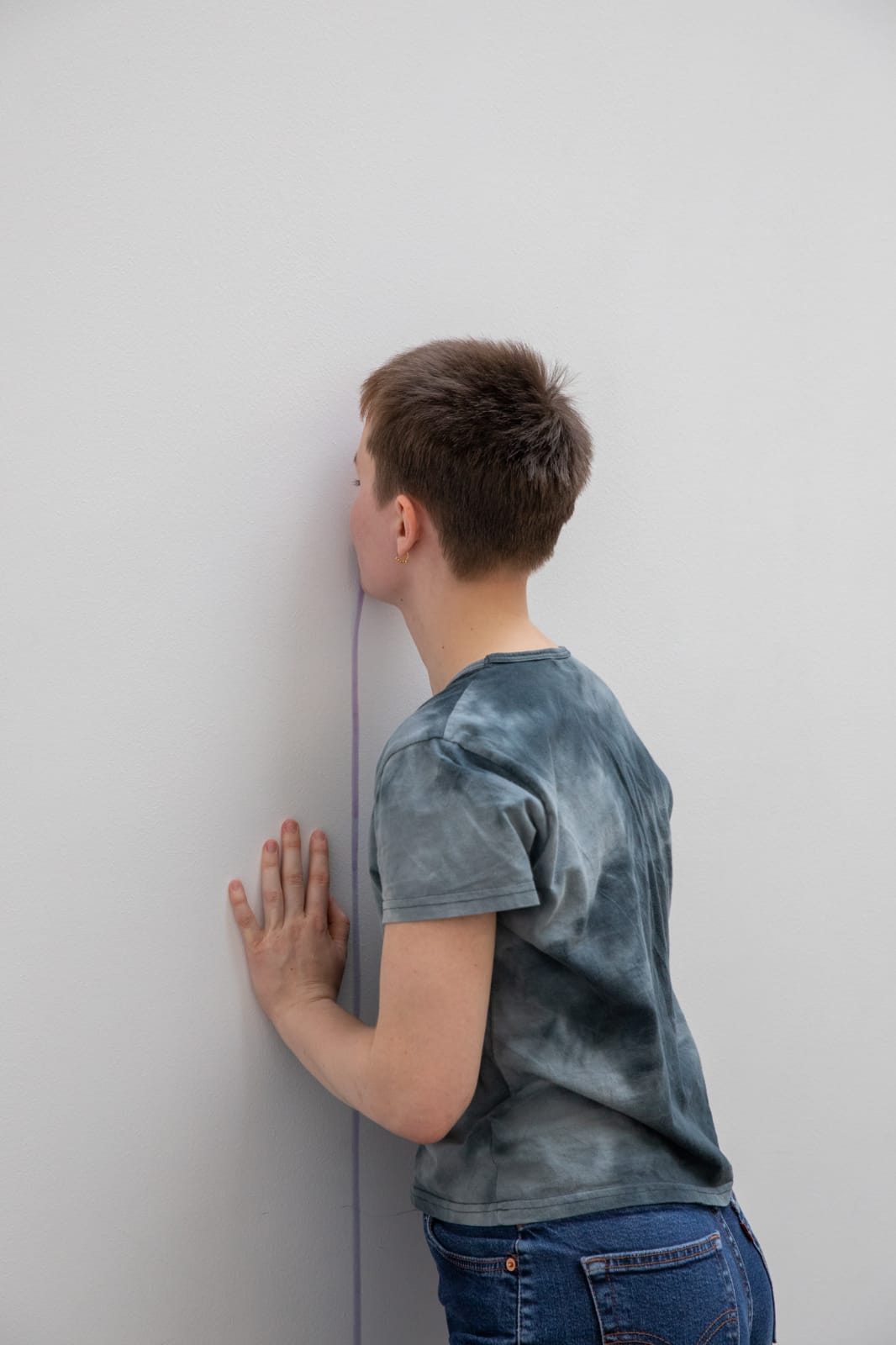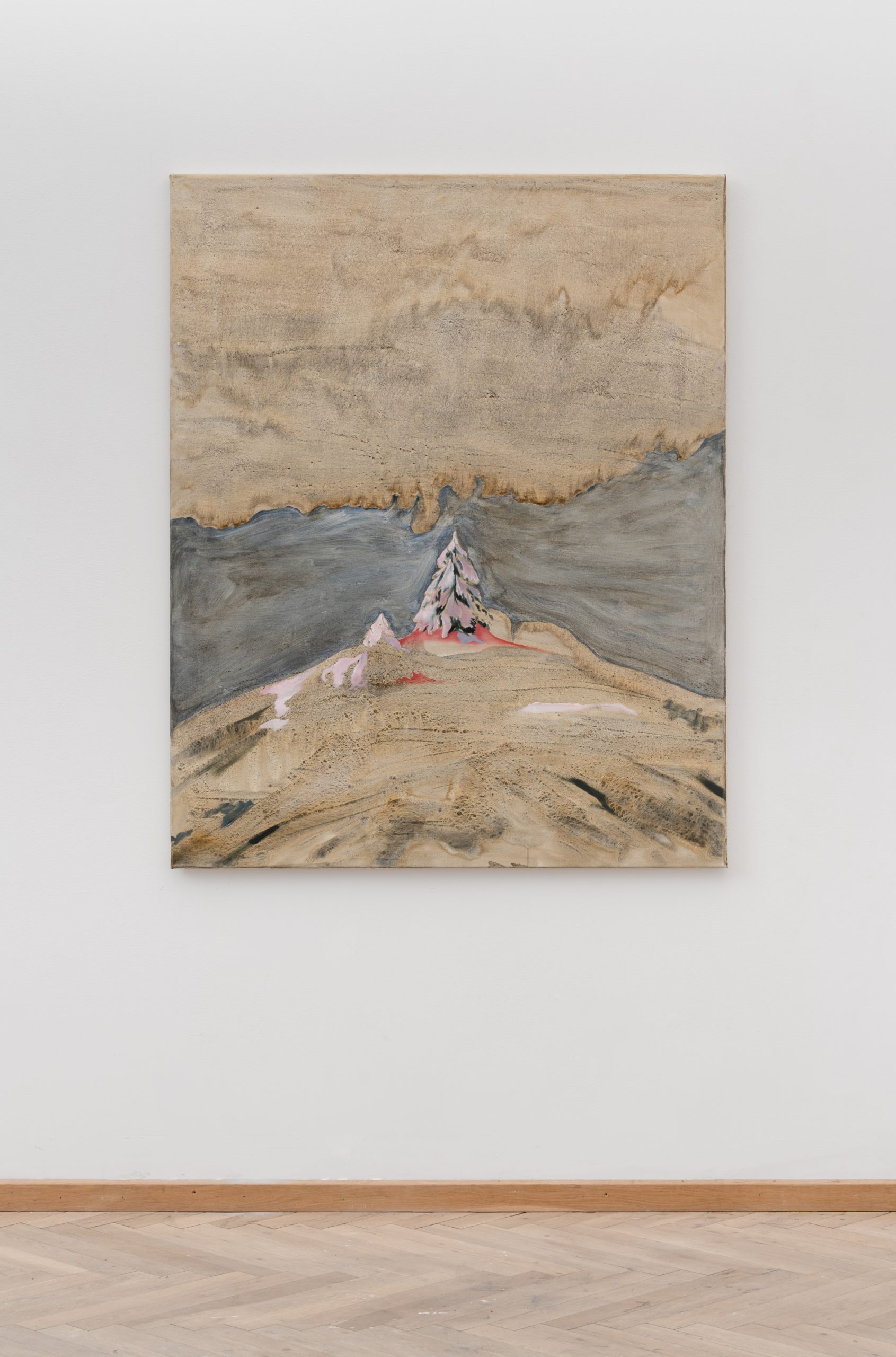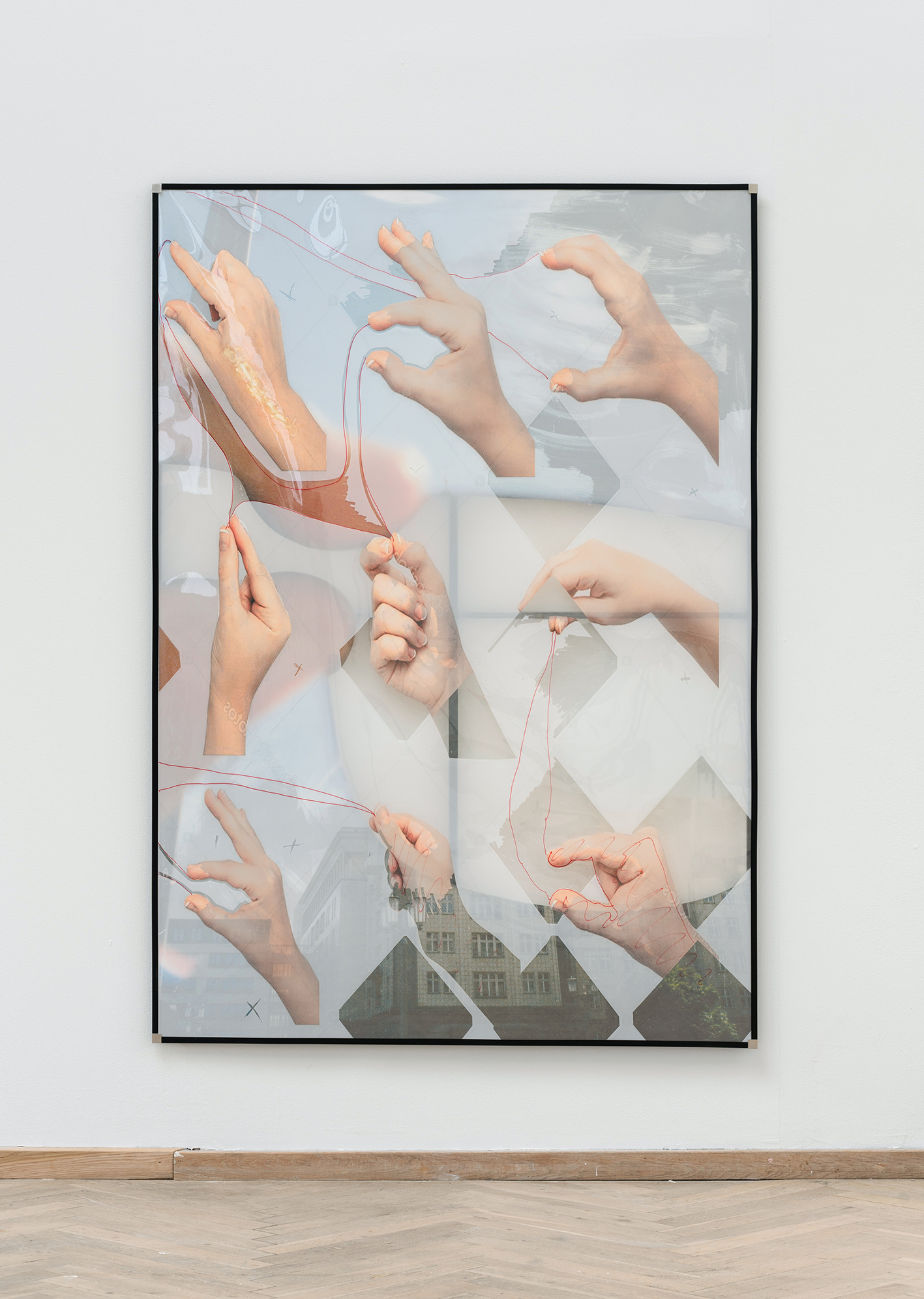Isabella Solar Villaseca
Skolen for Mediekunst / The School of Media Arts
isabella.solarvillaseca@gmail.com

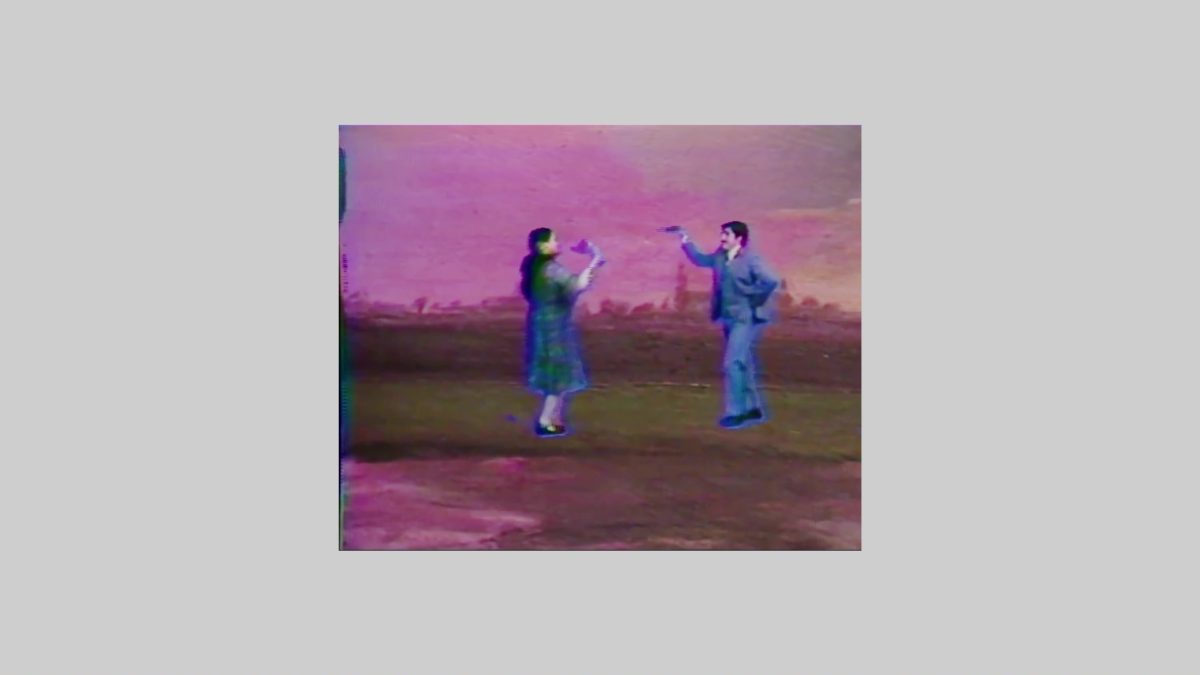
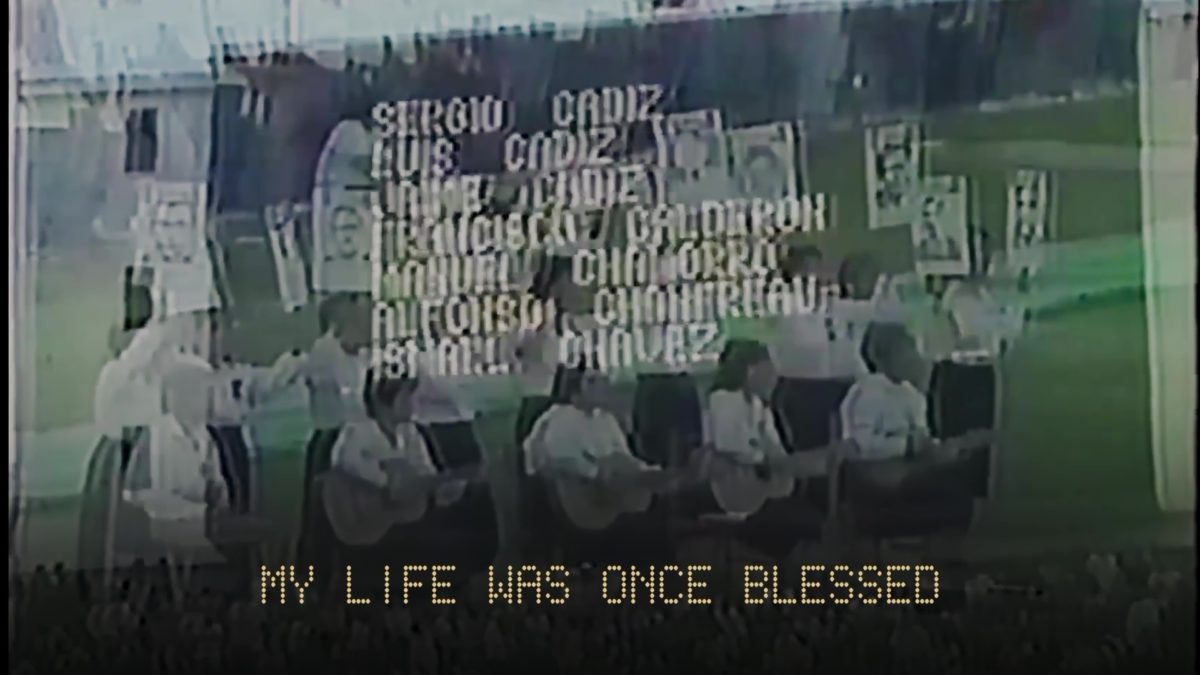
Isabella Solar Villaseca arbejder med video, skulpturel installation og tekst. Videoinstallationen Tiqui Tiqui Ti went North fokuserer på tidligere og nutidige historier om den chilenske nationaldans Cueca. Den har sin oprindelse i en folketradition, er dybt forankret i by- og bondekultur, og blev populær fra 1960’erne og frem som en form for modstand gennem La nueva Canción Chilena-bevægelsen, indtil denne bevægelse blev undertrykt, og Pinochetdiktaturet tilegnede sig dansen.
Gennem fundne billeder og materiale fra ceremonier, parader og lydklip hører og ser vi en mængde stemmer og billeder, bl.a. Fortællestemmer og optræden fra folkesangeren Violeta Parras og musikeren og forskeren Margot Loyola (der selv er en vigtig figur inden for La nueva Canción Chilena). Gennem en kombination af arkivisk materiale og nylige optagelser, møder vi fortiden og samtidens tilstand, samt fortolkninger af chilensk folklore og dans. Tiqui Tiqui Ti went North åbner for spørgsmål om, hvordan traditioner helt generelt rejser med eksilgrupper, og mere specifikt om den chilensk-svenske eksilbefolkning, som Solar Villaseca selv er del af.
Værket viser dansen, en pardans, i nogle af dens mange skiftende udtryk. Mest gribende er det, når den bliver danset alene som La Cueca Sola. Denne version blev udført under diktaturet af kvinder, hvis partner eller familiemedlemmer var blevet myrdet af regimet. Komponeret over den rytmiske struktur fra Cueca sammenfletter værket en montage, som fortæller om en kulturel tradition, der er hjemsøgt af erindringer, som er censureret af magt, formet af historie og geografi og selvstændiggjort gennem modstand.
Eftersom evnen til at blive påvirket og til at påvirke, til at blive bevæget og bevæge, en kapacitet, som er umulig at ødelægge, og som kun udtømmes af døden, er konstitutiv for kroppen i sig selv, er der en immanent politik, som bebor den: kapaciteten til at transformere sig selv, andre og til at forandre verden.*
* Silvia Federici: In Praise of the dancing Body
Isabella Solar Villaseca works with video, sculptural installation and text.
The video installation Tiqui Tiqui Ti went North focuses on the historical and contemporary histories of the Chilean national dance Cueca. Derived from folk tradition and deeply rooted in both urban and peasant culture, it gained popularity as a form of resistance through La Nueva Canción Chilena movement. A movement active from the 1960s onwards until it was heavily oppressed after the events of the coup d’état 1973, which also led to Cueca being co-opted by the Pinochet dictatorship.
Through found footage and material of ceremonies, parades and sound clips, we hear and see a variety of voices and images, amongst others the narrations and performances of folk singer Violeta Parra and the musician and researcher Margot Loyola (herself once a figure in La Nueca Canción Chilena). By a mix of archival footage and newly produced material, we meet the past and the contemporary state, and interpretations, of chilean folkloric music and dance. Tiqui Tiqui Ti went North opens questions of how traditions travel through diaspora in general, and more specifically the Chilean Swedish diaspora of which Solar Villaseca herself is part.
The work shows the dance, a partner dance – in some of its many changing forms, most poignantly when danced alone as La Cueca Sola during the dictatorship by women whose partners and family members had been murdered by the regime. Composed around the inherited rhythmical structures of Cueca, the work weaves a montage that tells of a cultural tradition haunted by remembrance, censored by power, shaped by history and geography and empowered through resistance.
Since the power to be affected and to affect, to be moved and move, a capacity which is indestructible, exhausted only with death, is constitutive of the body, there is an immanent politics residing in it: the capacity to transform itself, others, and change the world. *
* Silvia Federici: In Praise of the dancing Body
